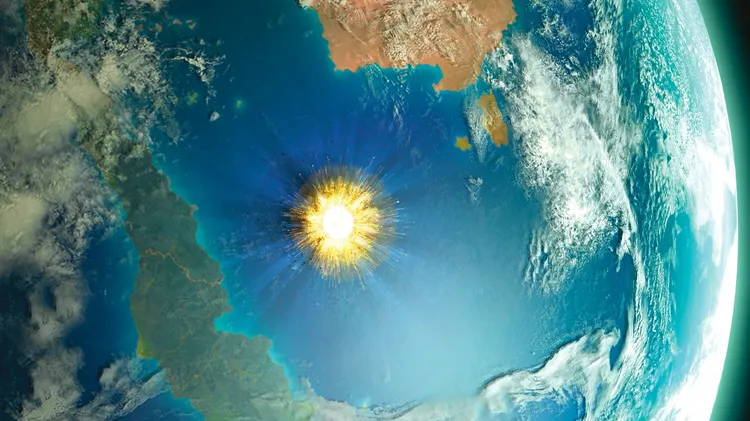PLANET EARTH
Supervolcano ‘megabeds’ point to catastrophic events in europe every 15,000 years
1 min read
This article is from...
Read this article and 8000+ more magazines and newspapers on Readly






